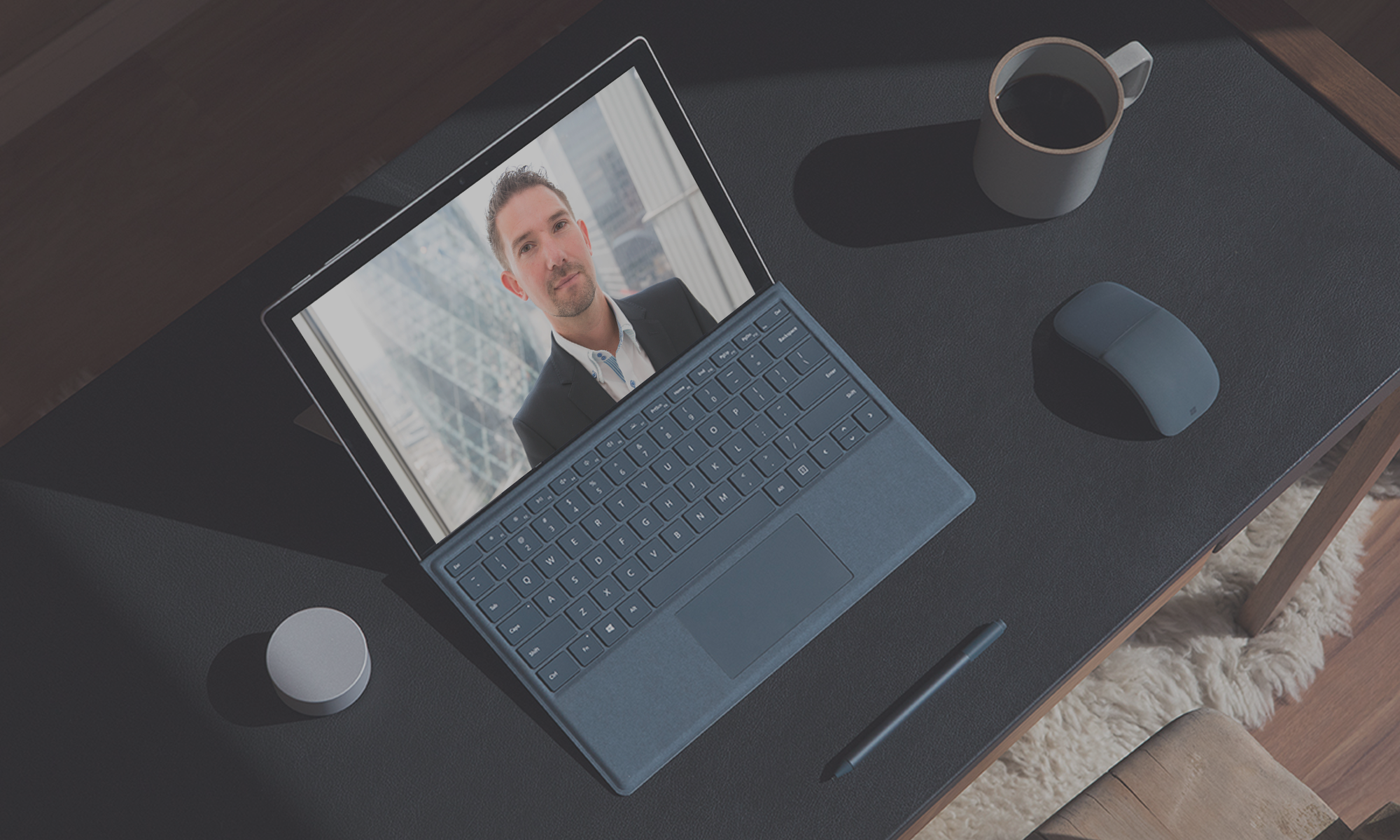Microsoft has given the Windows App “GA” status and released to the masses along with long awaited mobile app support which will open more doors and use cases for Windows Cloud PCs and Virtual Desktops. This will allow businesses to bring the power of Windows to virtually any device. Whether you’re using macOS, iOS, iPadOS, Android, or even another Windows PC, you can now stream a copy of Windows seamlessly.
You can read the full Microsoft Blog on this > here <
What’s so good about the Windows App?
Havig been in preview for some time (previously there were multiple apps to use for different virtualised experiences on Windows such as Remote Desktop app, different websites and third-party apps etc) but now we have a new single experience 🙂 This provides:
- Unified Experience: The Windows App serves as a single place to streaming all your corporate and development Windows desktops including Windows 365, Azure Virtual Desktop, and Remote Desktop services.
- Customisable Home screen: Which allows users to tailor the app to suit their needs by pinning specific desktops, configuring the join experience and even simple configuration of things like multi-tasking and app switching with Windows 11 (known as Windows 365 Switch).
- Multi-Screen Support: The Windows App lets users customise and extend their experience (just like a traditional / physical desktop) with multiple display support.
- USB Redirection: Windows App allows full support of local USB devices including speakers, mics, webcams, storage devices, and printers as if they are directly connected to your Cloud PC.
- Single Sign On – The Windows App supports single sign on with Windows 365 and AVD with Entra ID.
Who can use the Windows App?
Presently, the app is limited to Microsoft work and school accounts, making it ideal for professionals and students who need to access their work PCs remotely. It’s not available for consumers, but it does make Windows 365 and AVD simple to use on personal BYOD devices that need to access work devices. Something I do often.
Downloading the Windows App
The Windows app is available for download from the Microsoft Store and the Apple App Store. It is also available on the Google Play store but is now in public preview.

User Experience
The user experience is fantastic and shows the attention to detail, listening to user feedback and alignment with the core Windows Development team. Microsoft have said that the Windows App will start shipping as standard out of box app on Coporate Devices running Windows 11 too.
Windows 365 Desktop on Samsung S24 via TV

The image above (which is pretty cool) is Windows 365 Running on my Samsung S24 displayed through a TV (using Samsung Dex) – and yes, I am using Copilot on PowerPoint.
Windows 11 Experience below
The Future
I’d love to see Windows App come to more devices like high-end TVs and tablets in the future just like Microsoft have done with Xbox Game Streaming.


